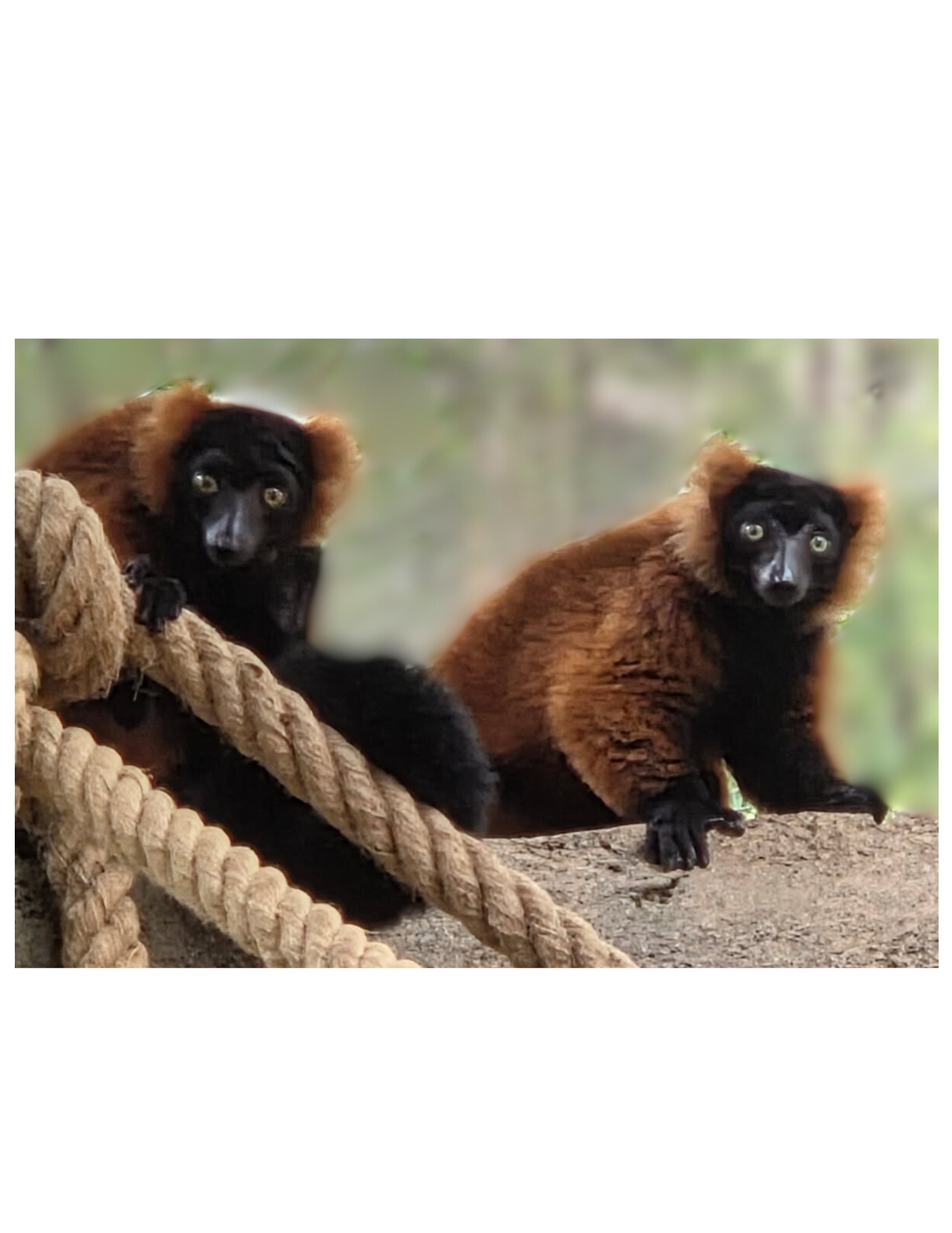
Critically Endangered

What does it mean?
A Critically Endangered species is categorized as facing an extremely high risk of extinction in the wild.


Critically Endangered
Animals
Critically endangered species possess an extremely high risk of extinction as a result of rapid population declines of 80 to more than 90 percent over the previous 10 years (or three generations), a current population size of fewer than 50 individuals, or other factors (such as severely fragmented populations, long generation times, or isolated habitats).
Red wolves are often mistaken for coyotes due to their similar appearance. Their fur can vary in color, but they typically have a reddish coat, accented with a black-tipped tail and lighter fur around their muzzle and mouth. Compared to their gray wolf relatives, red wolves are smaller and generally less aggressive, making them unique among canids. These wolves are an important part of their ecosystem, helping to maintain the balance by controlling prey populations!
Red ruffed lemurs have mostly rusty red fur with black on their face, underside, and tail, and a white patch on the neck. Their name comes from the fluffy tufts around their ears on the sides of their head. They use their long tail for balance in the treetops, their long snout to reach into flowers, and a specialized “toothcomb” and grooming claw to keep clean.





_inPixio.png)





















